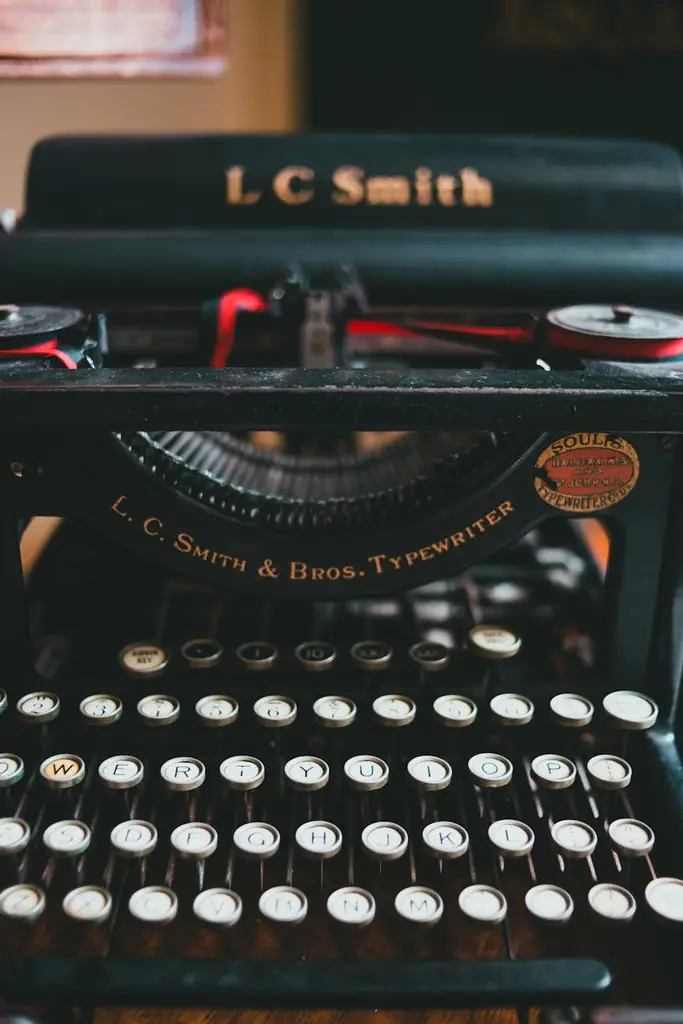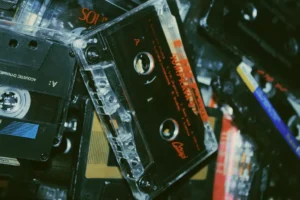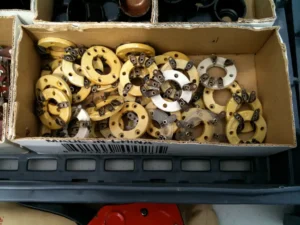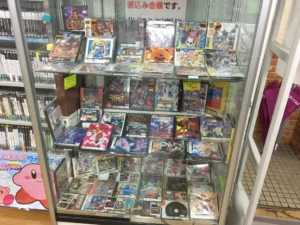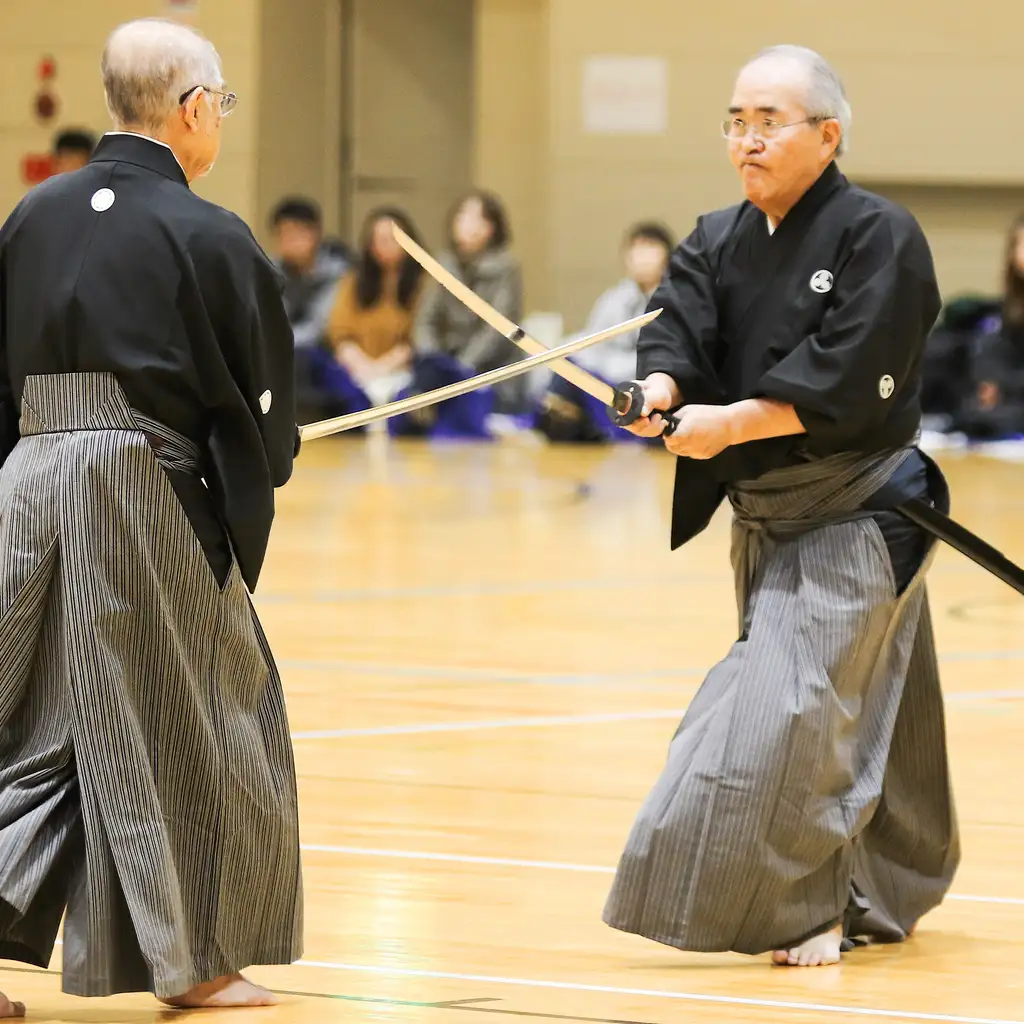Vintage keyboards have captured the fascination of musicians and collectors alike, embodying a unique blend of craftsmanship, nostalgia, and character that today’s digital counterparts often strive to replicate. These electro-mechanical instruments, whether they’re electric pianos, organs, or synthesizers, offer more than just sound; they provide a physical and historical connection to musical eras gone by, influencing playing styles and compositions in ways that digital emulations struggle to match.
Why Vintage Keyboards Captivate Collectors
For collectors, the appeal of vintage keyboards goes beyond aesthetics. Each keyboard represents a piece of musical history, with sounds that were foundational to genres and styles. Unlike modern digital keyboards, vintage keyboards produce sounds that are deeply influenced by the physical mechanisms inside, whether it’s the weighted keys of a Rhodes piano, the spring-loaded action of a Clavinet, or the gritty charm of a Mellotron’s tape loops. These instruments offer a sense of authenticity that modern emulations, despite impressive advancements, still can’t fully capture.
The process of playing a vintage keyboard itself is a transformative experience, as the feel and response of the keys connect the player directly to the era and genre that the instrument helped define. The unique mechanics of each keyboard inform a distinct playing style and inspire a deeper appreciation for the music associated with these instruments.
Craftsmanship and Mechanics: A Different Kind of Artistry
The construction of vintage keyboards reveals an attention to detail that contributes to their distinct feel and sound. Keyboards like the Wurlitzer 200A, with its escapement-style wooden keys, provide a vastly different tactile experience from the light, springy keys of a Clavinet D6. This variety in design and mechanics creates unique playing experiences that directly affect the style and sound produced, making each vintage keyboard a valuable study in both engineering and artistry.
Each instrument has its own nuanced response, from the point of key strike to the way it generates and sustains sound. These subtleties are what give vintage keyboards their iconic sound, one that is intertwined with a specific playing experience. For collectors and musicians, this authenticity and depth cannot be replicated by digital instruments, even as technology continues to improve.
The Collector’s Quest: Nostalgia and Preservation
Collectors of vintage keyboards are driven by both nostalgia and a desire to preserve the cultural significance of these instruments. Many enthusiasts are Baby Boomers who are revisiting the music of the 1960s and ’70s, acquiring the keyboards they couldn’t afford in their youth. For others, the thrill lies in discovering instruments that have lain untouched in storage for decades, and restoring them to working condition. This preservation effort is not just about maintaining playable instruments; it’s about safeguarding the history and stories embedded within each keyboard.
Some collectors take this passion further, amassing private collections that act as small museums of electronic keyboard history. The Eboardmuseum in Austria, for example, allows visitors to play and experience vintage keyboards firsthand, offering a tangible connection to the past. These private collections often fill gaps left by public institutions, preserving artifacts that may otherwise be lost to time.
The Restoration Dilemma: Restore or Conserve?
A key question for vintage keyboard enthusiasts is whether to restore an instrument to its original condition or to conserve it as-is, preserving its historical modifications. Restoration can bring an aged keyboard back to life, while conservation maintains the original, unaltered state. Both approaches come with challenges, as vintage keyboards are often plagued by degraded components, from decaying capacitors to disintegrating foam pads. In some cases, restoration requires sourcing rare parts or even improvising modern substitutes to keep these relics in working order.
The decision to restore or conserve often depends on the collector’s goals and the historical significance of the instrument. Some choose to restore, especially if they intend to play the keyboard, while others opt to conserve, treating the instrument as a historical artifact. Forums and vintage keyboard communities have become invaluable resources, providing access to service manuals, schematics, and parts for those passionate about preservation and repair.
New Generations Discover Vintage Keyboards
Younger musicians, too, are discovering the appeal of vintage keyboards, using them as a way to stand out and connect with the retro sound of earlier musical styles. For some, the appeal lies in the distinct aesthetic and the unique sounds, while others appreciate the authenticity these keyboards lend to their performances. Due to the cost and complexity of maintenance, some younger players combine the best of both worlds by placing modern keyboards inside vintage shells or creating sample libraries from vintage sounds. This hybrid approach allows them to evoke the charm of vintage instruments without the wear and tear on rare originals.
Looking Ahead: The Legacy of Vintage Keyboards
The future of vintage keyboard collecting seems bright as enthusiasts continue to preserve and cherish these instruments. Online auctions and niche repair businesses make it easier than ever to find and restore vintage keyboards, helping to ensure these treasures endure for future generations. Although not every vintage keyboard will be saved, those that are preserved provide a glimpse into a unique era of musical innovation.
In the end, vintage keyboards represent more than just instruments; they are artifacts of musical evolution, linking generations of musicians through sound and craftsmanship. As digital emulations become increasingly sophisticated, the authentic experience offered by vintage keyboards remains irreplaceable, serving as a timeless source of inspiration and a reminder of music’s rich history.
